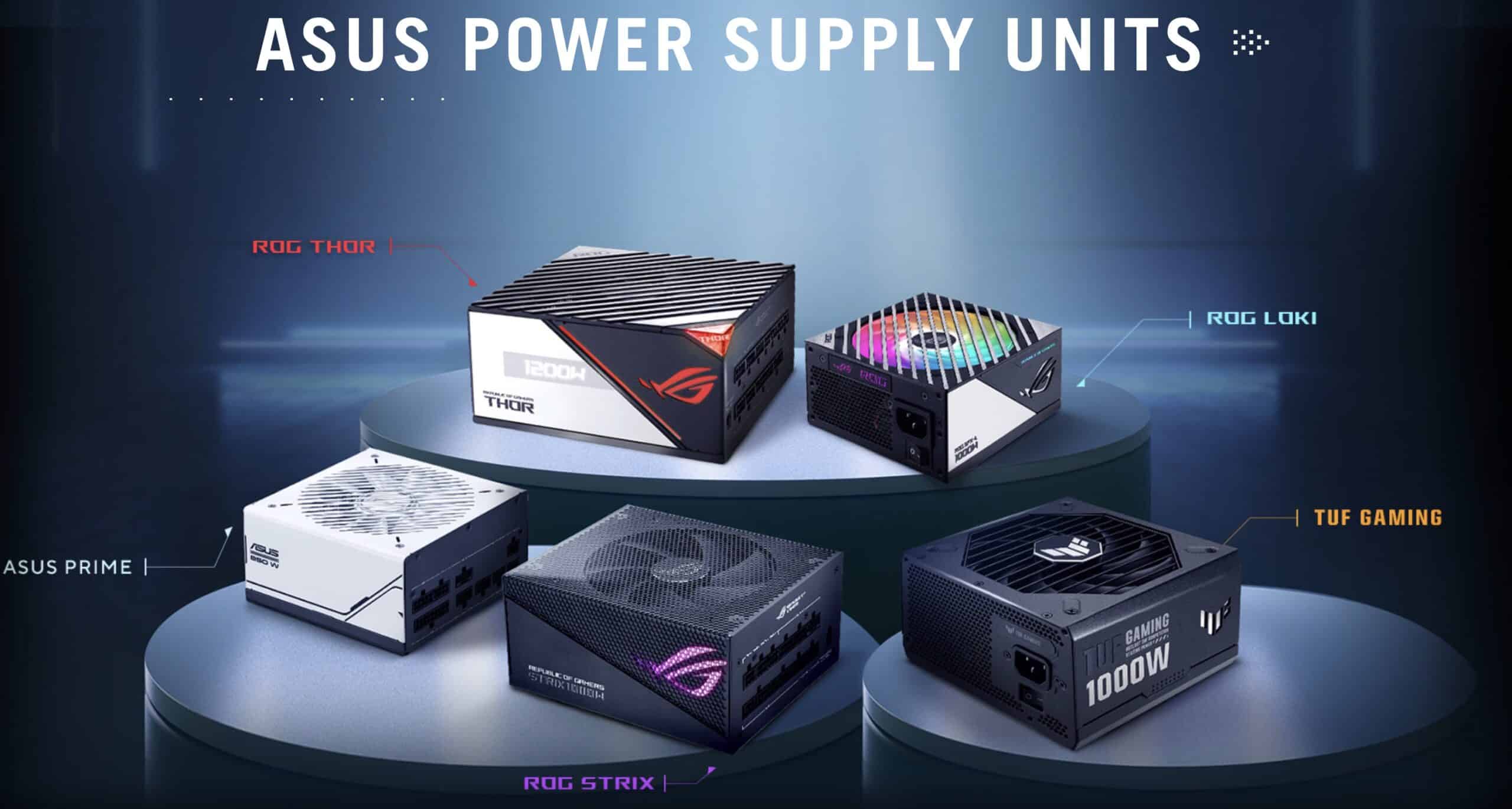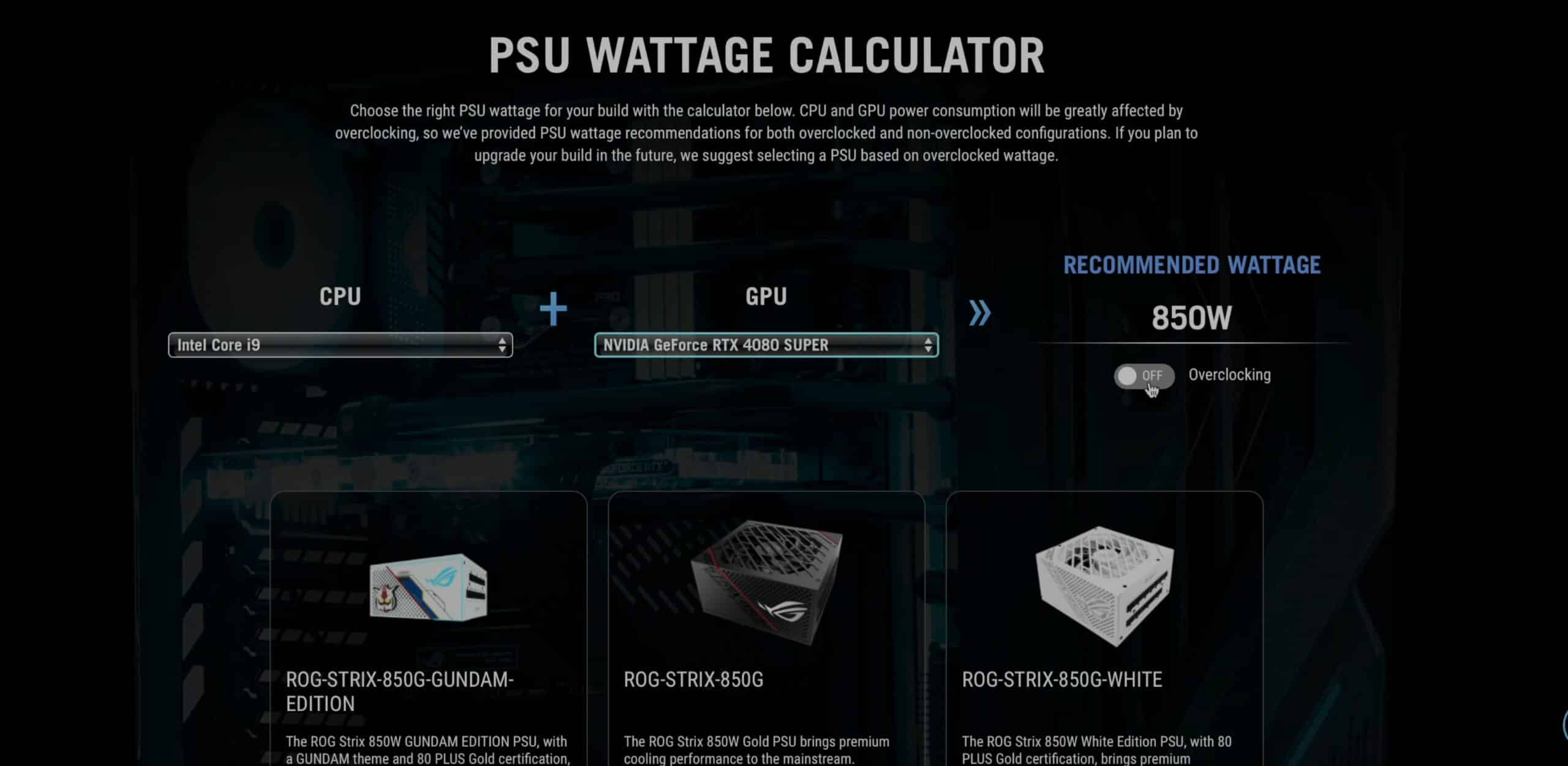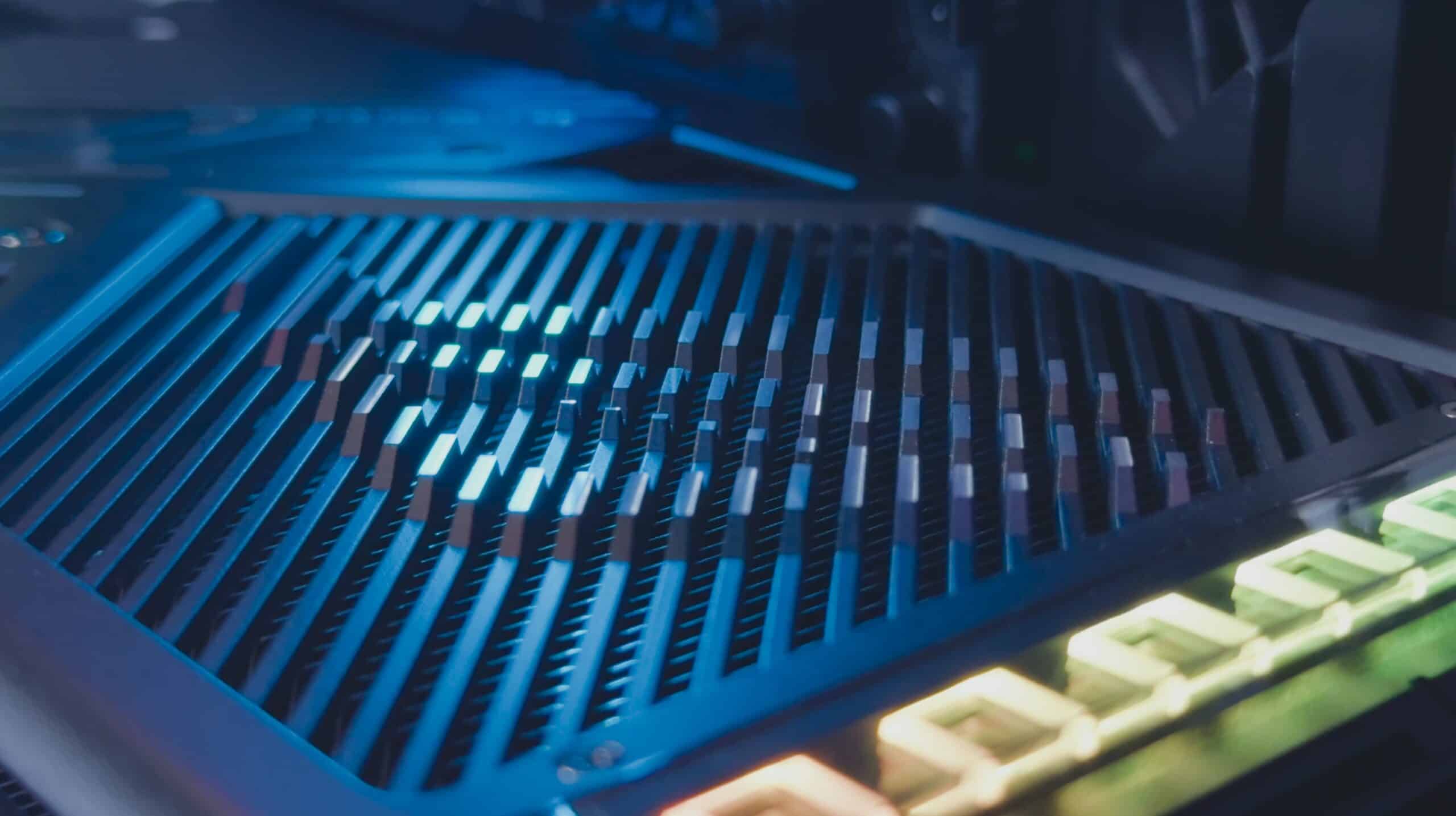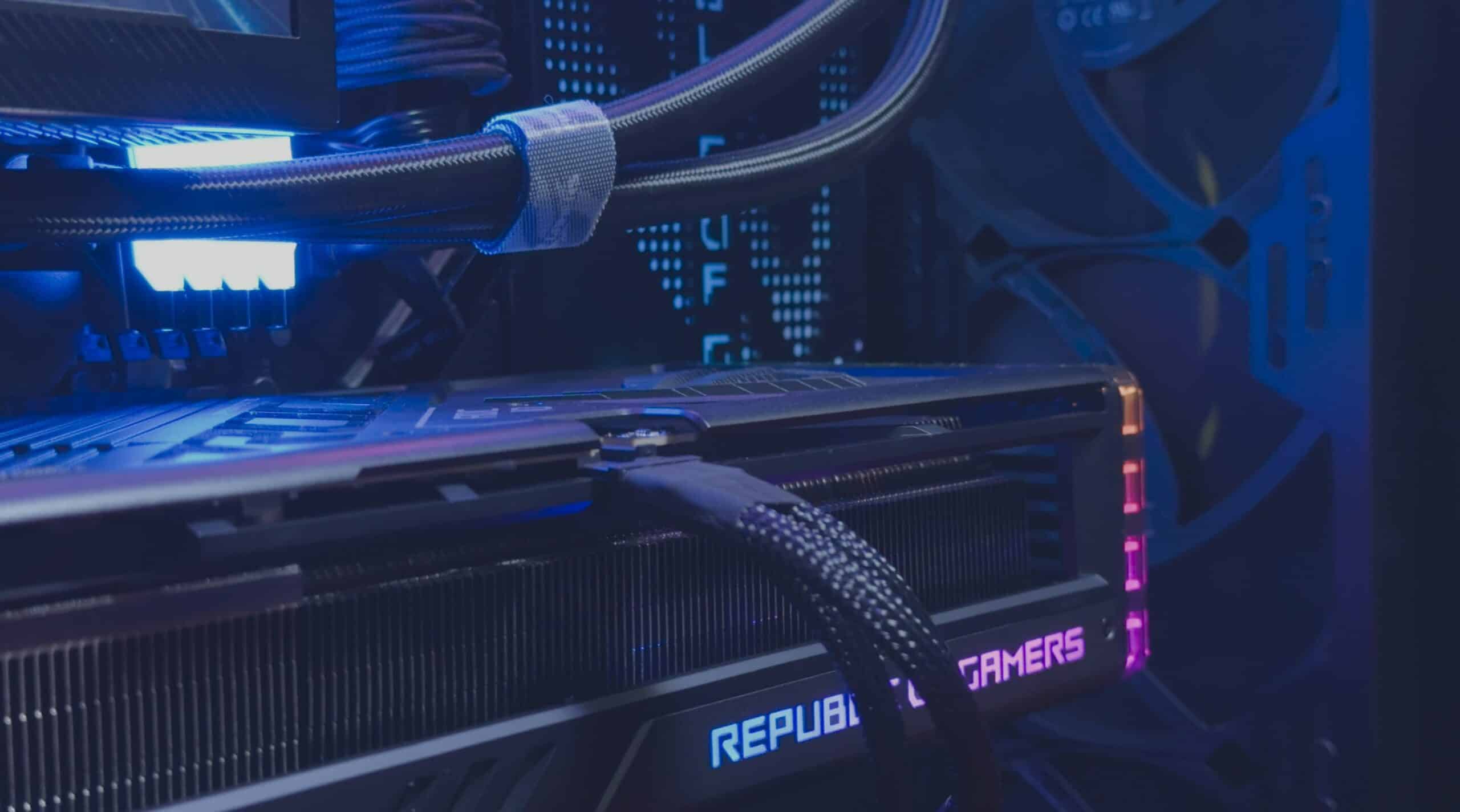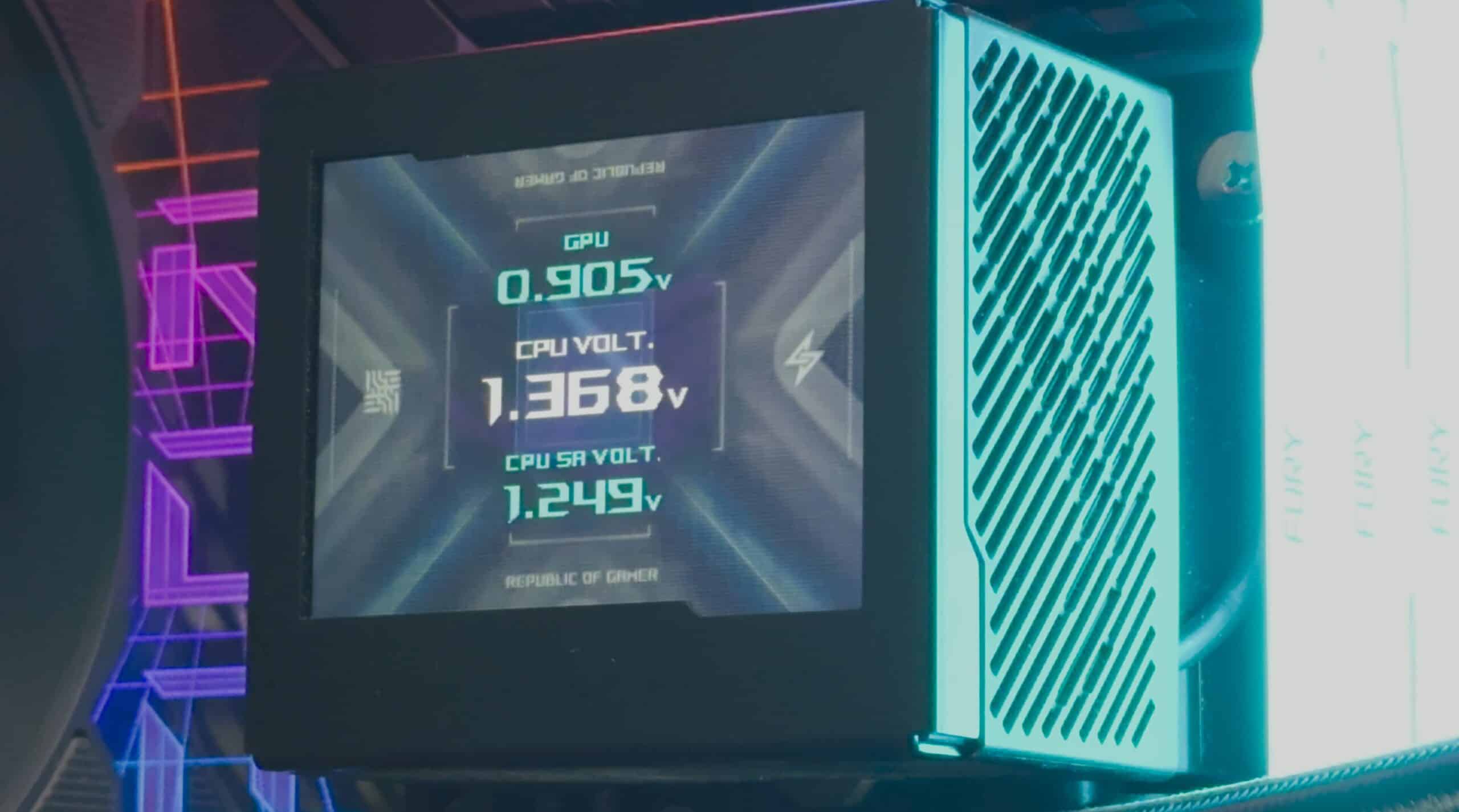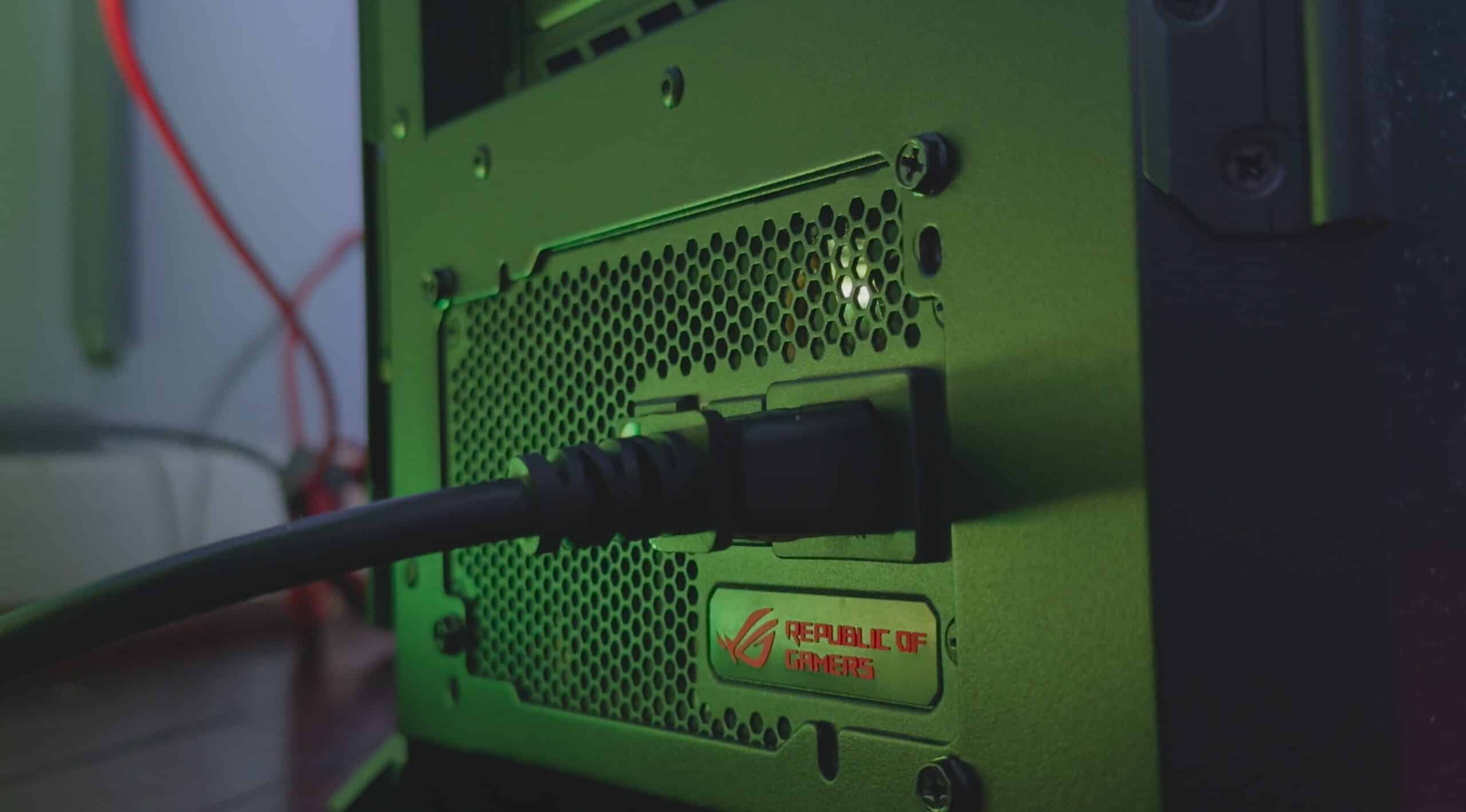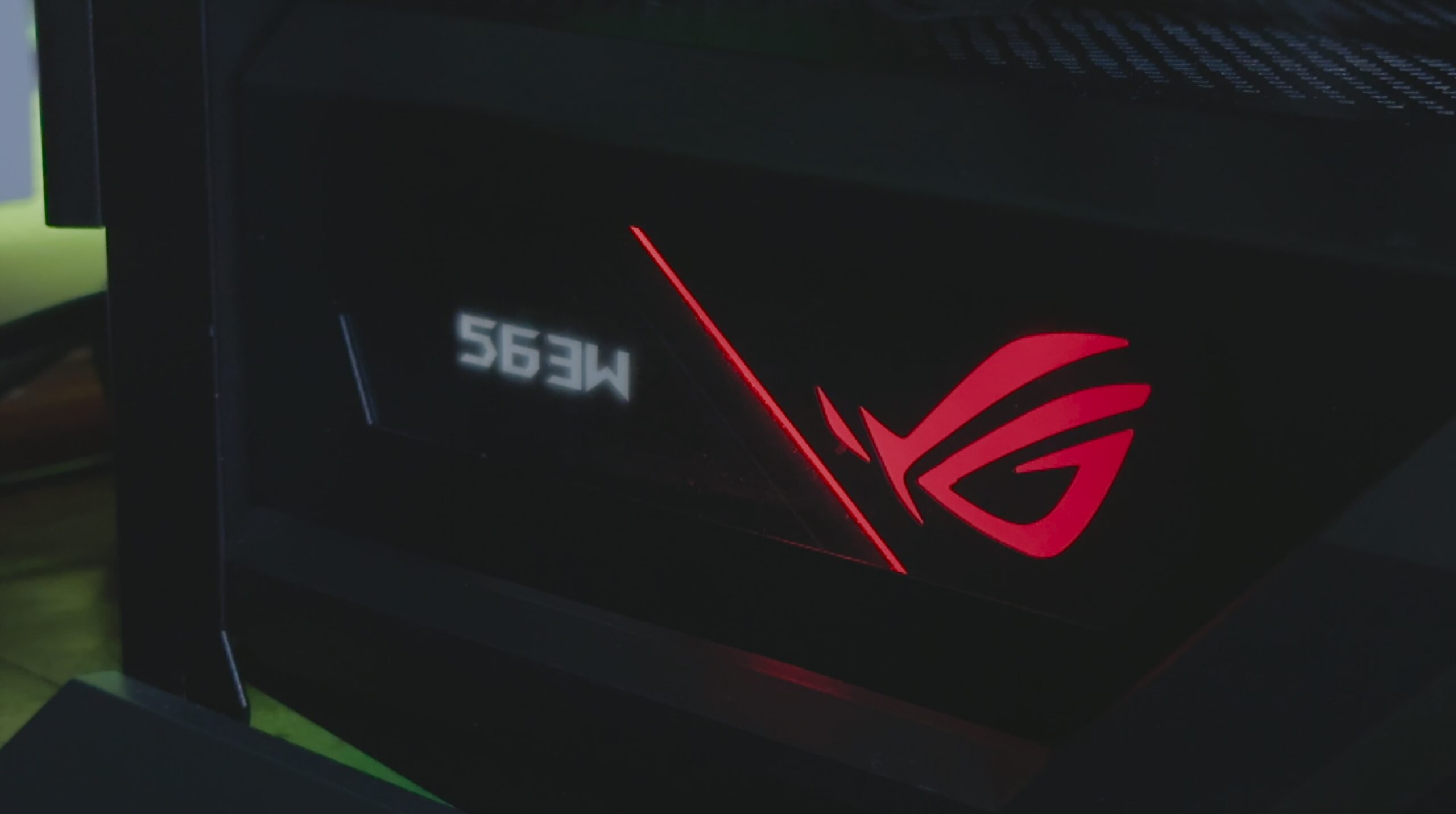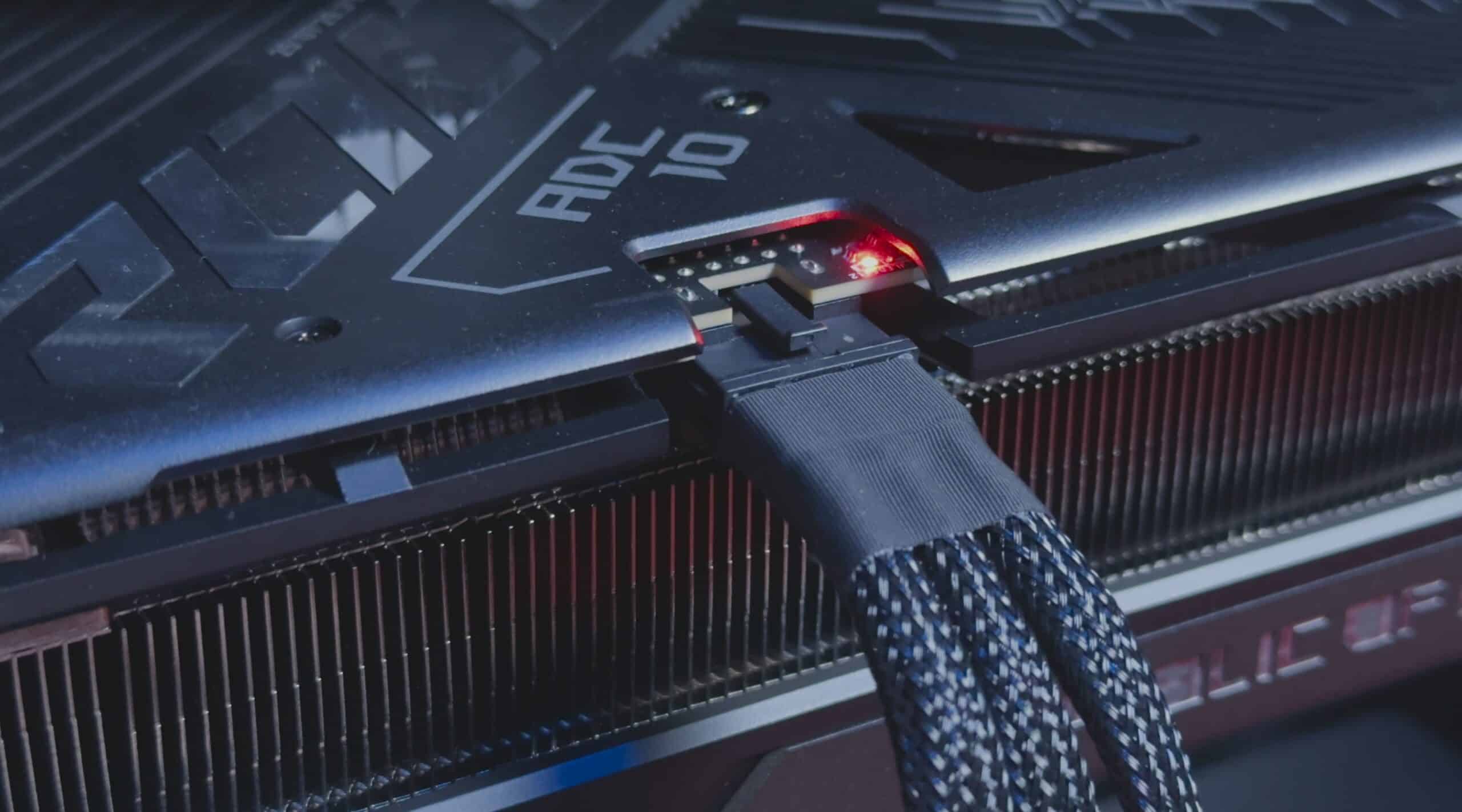One question I get asked quite often when doing GPU reviews is what power supply you’ll need when upgrading to that card. I get it, manufacturers don’t make it easy to understand how it all works. While GPUs have a recommended wattage, the amount of power they actually use is vastly different from the recommended specs on the product page.
If we look at the ASUS Power Supply Calculator, it says my GPU, which is the ASUS ROG Strix RTX 4080 SUPER needs at least an 850W power supply to function. If I intend on overclocking the unit, I will need to look at a 1000W PSU. Does that mean this card uses 850W of power? Of course not, that is crazy. The GPU doesn’t go higher than 320W but brands are taking into account other components when providing these guidelines to PC builders.
People often get confused with the idea thinking that a GPU power supply requirement doesn’t factor in your other components which usually, it does. The only time you need to be extra careful is when looking at overclocking and your CPU. These two factors make things a little tricky.
So in this content, I want to go over a few guide points you should keep in mind when purchasing a power supply for your GPU.
Let’s start with buying a PSU. The industry is crammed full of many different types of power supplies but the most important factor to consider before anything else is its wattage. Usually, these PSUs are defined as 600W, 800W, 1000W, 1200W and even way up to 2000W.
This specification details exactly how much power the unit can push out to your PC. This includes covering all its components including the GPU, motherboard, CPU, RAM, fans, RGB lights and whatever else requires electricity to function.
A person could easily look at their PC and gauge the power use on the unit but you need to know roughly how much power each component uses. Of course, the two energy-hungry devices in a PC include the GPU and CPU. Everything else uses a fraction of the power.
For example, an AIO 360mm cooler uses around 24W of power. You can also get larger, more powerful models with RGB fans which could consume up to 40W. However, the majority of AIO coolers tend to stick to under 30W. Even lower if you’re looking at 120mm.
Then you have your other components. A Gen 4 SSD can use a max of 7W of power. Your RAM can peak at 4W and fans can use anything between 1W and 3W per fan depending on the size and RGB. These components don’t even make a dent in your PC energy use but they are still important to factor in when looking at a power supply.
Of course, there are other parts of a PC which you should also pay attention to. Some PCs draw power through USB ports for charging and powering certain accessories. An RGB keyboard, for example, can pull up to 3W for a full-sized unit with RGB. A wired mouse is similar at 2W. However, these tiny wasp breath power draws are nothing for a power supply.
If you use a more recent motherboard with high-powered USB C port support, you’ll also need to take that into account. For example, this ROG Maximus Z790 Hero motherboard supports 60W USB-C power draw. So you can charge your phone and power other devices with the port. That too also need to be taken into consideration.
Should you meticulously count every single component and add up all the wattages? No, you don’t have to because the recommended requirement for a GPU and CPU always cover these little extras. You can sit and add all your RGB fans and SSDs to the power list if you want to. It is cool to know how much power you’re using. However, the chances of you using all those components at the same time to their maximum power consumption are very unlikely.
Let’s take this ASUS PC build I am testing. The PC packs a 14th-gen Core-i9 CPU and an RTX 4080 SUPER. According to the ASUS PSU calculator, I should use an 850W power supply. I have an ROG Thor 1200W power supply in it so not only will I be fine, I will be more than fine. Even if I were to overlock both the CPU and GPU, this Thor power supply is more than enough.
But what happens if you’re only accommodating the base requirement of the 850W recommendation? Well, take the RTX 4080 SUPER at 320W and the Intel Core i9 at 330W, it can be boosted to a ridiculous 410W. You’re only using 650W, or 730W in rare cases on this power supply. That’s in super rare cases where the CPU and GPU are maxed out at the same time too.
This doesn’t happen. Even in gaming, you’ll barely see the CPU and GPU running at both 100% at the same time. Unless you’re stress testing your system in benchmarks which again, is pretty pointless for the general consumer. All your extra components are then using around 100W. I say “100W” as a real stretch too because the cooler, SSD, fans, RAM and motherboard all use a lot less power than you think.
So when you’re looking at a GPU and it says “power supply requirement: 850W”, that figure takes into account everything else you likely have going on in your PC at the same time. The GPU doesn’t need 850W.
So what about overclocking? Perhaps you have a slightly beefier power supply in your PC and want to pull more juice from it. This is also possible for both your CPU and GPU. I am going to cover easy CPU overclocking in a separate video but as for the GPU, most brands now incorporate simple overclocking methods in apps.
The GPU Tweak III is ASUS’ baby and here you’ll find easy methods to increase the performance of your GPU. You’ll want to stick to using the Manual settings or OC as these tweaks give you more control over your clock speeds on the GPU. You can increase the memory clock offset by up to an extra 300MHz and the Base Clock Offset by 200MHz.
Keep in mind that tweaking these settings will increase the power consumption of the GPU. You can go anywhere from 320W on the base power use all the way up to 420W by tweaking different gauges. The performance gains are of course all dependent on your system and most people will likely be fine without ever touching these tweaks. However, a few nudges here and there on-the-clock speeds never hurt anyone. Especially if you have the extra power to do so.
I overclocked this ROG Strix 4080 SUPER. I increased the GPU power target by 15%, and GPU clock speed by 70MHz. The cool thing about this process was I could monitor the wattage jump on the ASUS Thor PSU. Before overclocking, the GPU was sitting at 490W idle in Cyberpunk. The overclock boosts this up to 550W.
Of course, overclocking has a lot more to do with than just a power increase. It also relies on a decent cooling system but most cards have impressive fan control which can easily handle a few MHz of extra speed here and there. The trade-offs are often worth it. In my case, I saw Cyberpunk 2077 just pass the 30FPS mark on 4K maxed-out settings with ray-tracing on Ultra. This is compared to the 28FPS before the overclocking. Keep in mind that DLSS was off.
The best advice I can give you if you’re looking at a power supply is to not overstress about numbers. Check the manufacturer’s specifications and go with it. Use a simple tool like the ASUS Power Supply Calculator, I will link it down below, to see what rating you need for your PC.
Those ratings are high because they include the average PC user’s components in the calculations too. So you can easily install the power supply and it will power everything. Say perhaps you plan on upgrading your PC with some major components, and I mean major like a high-end chip and larger cooling system then maybe go for a one-up in the tier of power supplies. So 1000W instead of 850W. But even then, you might be overkilling it and spending unnecessary money.

